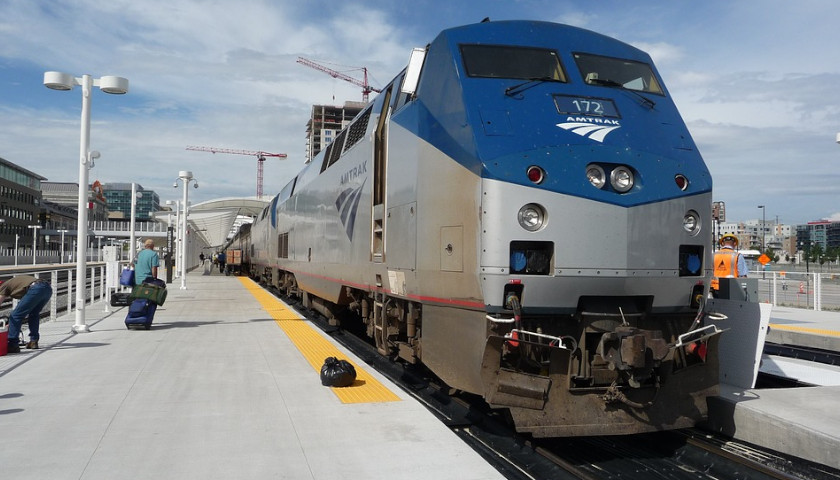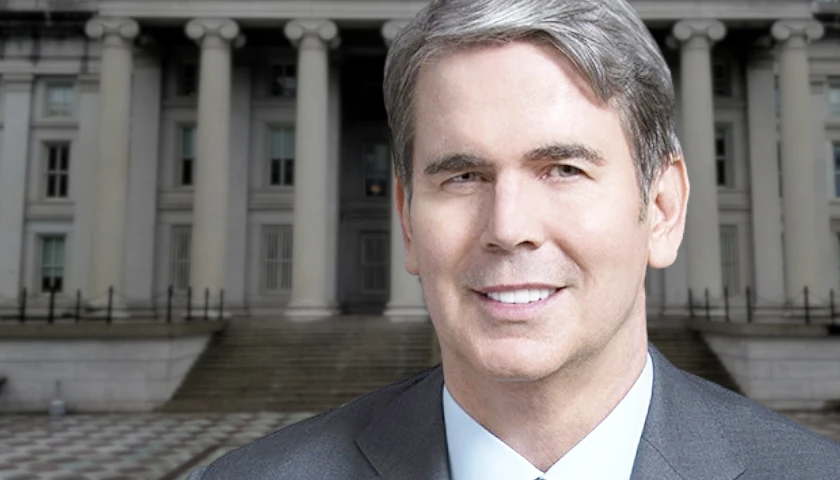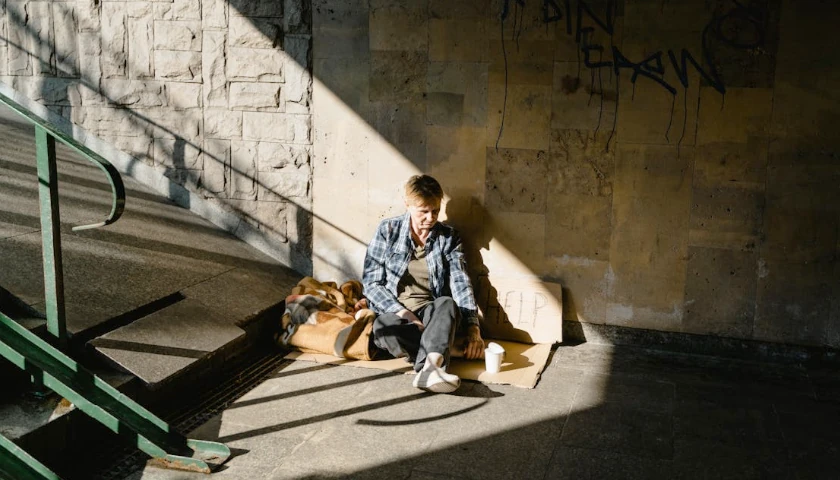Much fanfare surrounding infrastructure legislation in Congress focuses on road and bridge improvements, but the bill’s implications for costly rail transit in northeastern Pennsylvania and elsewhere have gotten far less attention.
The current proposal to spend $66 billion on Amtrak would be the largest federal expenditure on passenger rail since the creation of the transit agency. This has spurred Amtrak to study the possibility of adding a route from New York City through northern New Jersey into Scranton, Pennsylvania and another route from New York into Allentown, Pennsylvania. President Joe Biden and other rail-transit enthusiasts tout projects like these as alleviative of traffic congestion.
“[The federal government’s public-transit] investment will double federal funding for public transit, spend down the repair backlog, and bring bus, bus rapid transit, and rail service to communities and neighborhoods across the country,” a White House statement on infrastructure declared in March. “It will ultimately reduce traffic congestion for everyone.”
But even rail-friendly media have acknowledged that the American public largely prefers car travel to public transportation. As The New York Times reported in April, Americans take about 80 percent of their trips by automobile, taking only about three percent by mass transit. And the Bureau of Transportation Statistics has stated that Americans travel over 100 miles in their vehicles for every mile they travel on public transit.
Nonetheless, the infrastructure bill now under consideration would spend a $165 billion on public transportation altogether, about half of what it would spend improving highways.
In order to create a passenger-train line connecting New York to Scranton, the 28-mile Lackawanna Cutoff between Port Morris, New Jersey, and Slateford, Pennsylvania, would need to be restored. Much of this route’s track was removed in 1983.
While Biden and other federal officials, particularly U.S. Rep. Matt Cartwright (D-PA-8), anticipate that a new route could attract ridership significant enough to justify the tens of millions of dollars in costs, others have their doubts. Randal O’Toole, a senior fellow at the D.C.-based Cato Institute, sees it as unduly expensive and also points out that buses already provide service along that corridor.
“In 1966, when the last passenger trains went over this route, they took three hours and 12 minutes to go 133 miles,” O’Toole told The Tennessee Star in an email. “Amtrak might go faster if new tracks were installed, but currently there are at least four buses a day that do the trip in as little as two hours and 20 minutes with fares of $32.”
He said fares may drop further as FlixBus has recently entered the market offering an $8 fare.
In an April report on proposed rail expansion, O’Toole takes a slightly more nuanced view of a prospective line connecting New York to Allentown. He noted that passenger trains operated along the 93 miles between these two cities until 1961 and took two hours and 11 minutes to make the full trip. Currently, two bus companies make that trip in roughly the same amount of time, though fares are pricey, ranging from $38 to $60.
O’Toole’s conclusion? “Amtrak will be able to compete if bus companies don’t lower their fares.” Yet this is the exception among his assessments of each of the rail-expansion projects currently being discussed nationwide: In nearly all cases, he writes, trains simply cannot offer passengers a cost-efficient alternative to buses.
“Why should taxpayers spend millions of dollars on a rail line that will be slower and probably charge higher fares than buses?” he told The Star. “Trains may be more comfortable than buses, thus attracting higher-income riders, but why should taxpayers subsidize luxurious travel for high-income people?”
O’Toole has frequently pointed out the failure of many rail-transit projects to reduce congestion much at all, and he is not alone. Iain Murray of the D.C.-based Competitive Enterprise Institute has noted that the government of Spain infused much of its taxpayers’ money into public-transit projects in recent years, only to see them fail. A new high-speed-train route from France across the Pyrénées went bankrupt.
Instead of focusing on train travel, O’Toole argues, politicians can mitigate congestion by allowing buses to operate competitively and by implementing high-occupancy vehicle lanes and high-occupancy tolling lanes on highways.
– – –
Bradley Vasoli is a reporter at The Tennessee Star and The Star News Network. Follow Brad on Twitter at @BVasoli. Email tips to [email protected].




